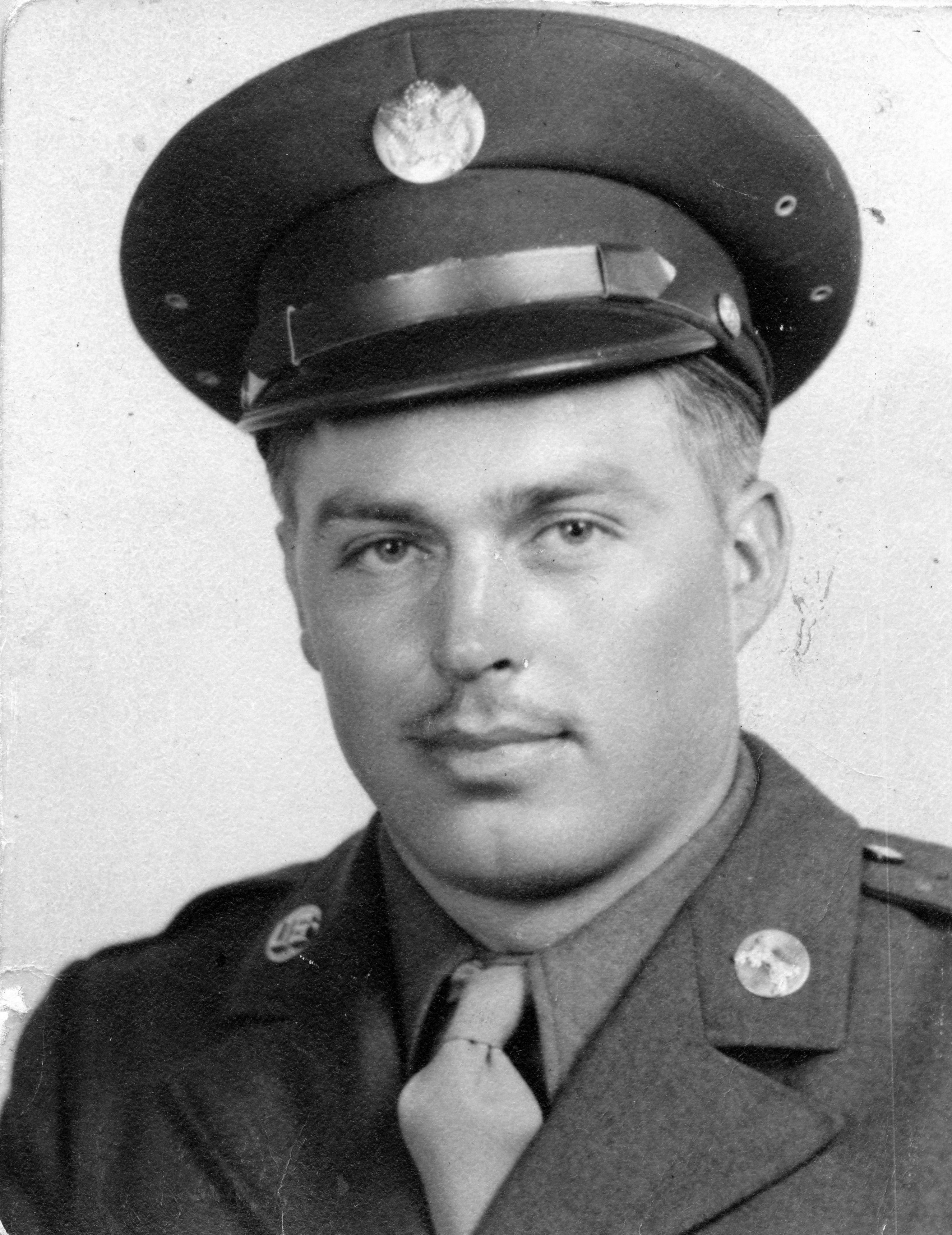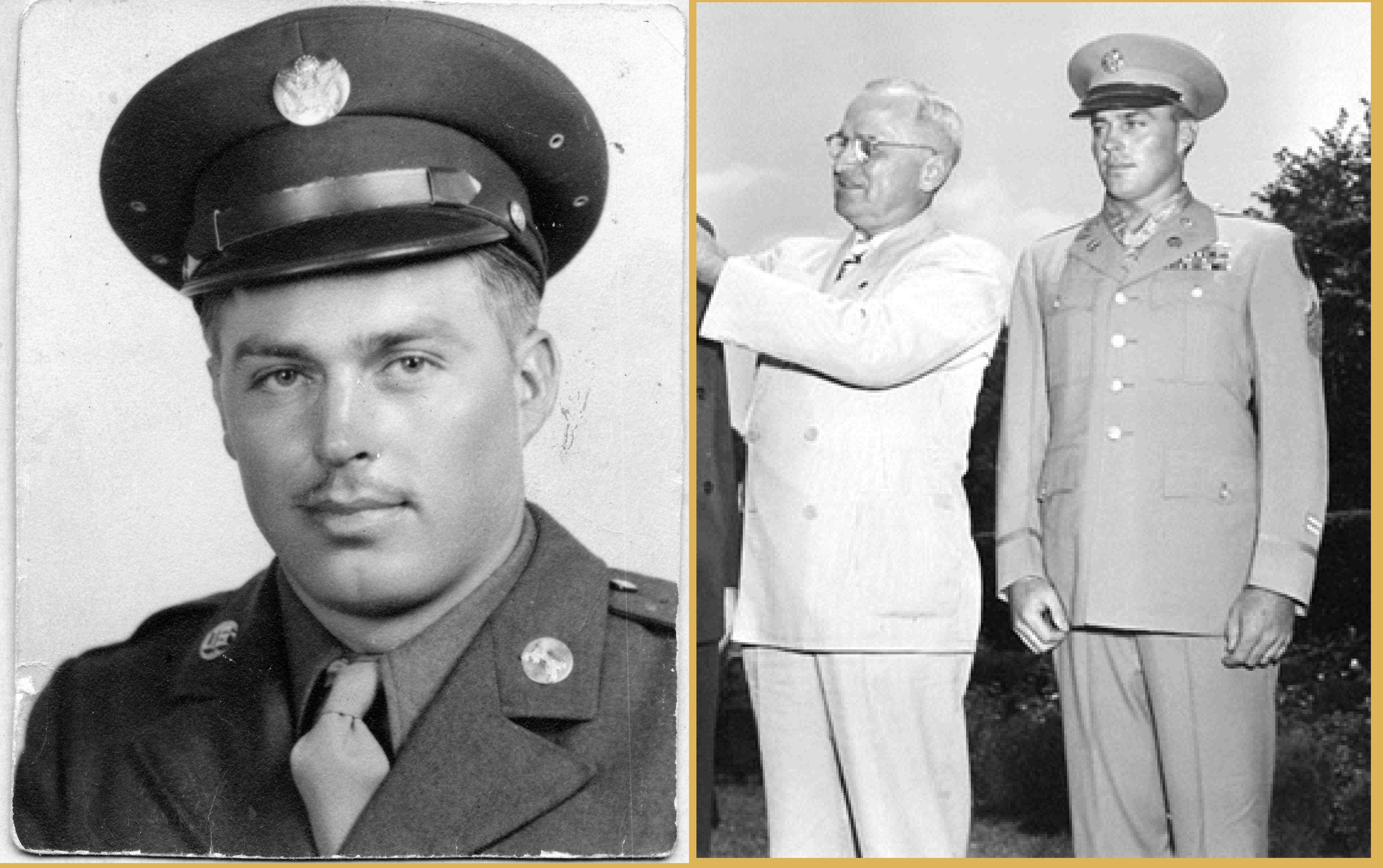Staff Sergeant John R. Crews 38397573

Staff Sergeant John R. Crews 38397573 US Army MOH. He was born on March 8, 1923 in Bowlegs Oklahoma. He was the son of Isiac R Crews and Adela M Crews. He entered the US Army on June 30, 1942 at the age of 19. At the time of his enlistment he was 5 foot 9 inches had blue eyes and brown hair and weighed 160 pounds. He served with the F Company, 253rd Infantry Regiment, 63rd Infantry Division. He trained with the 63rd Infantry Division at Camp Van Dorn Mississippi. He went overseas with the 63rd Division in November 1944. Around 12:00 PM on April 6, 1945 outside the town of Buchhof Germany . Sergeant John R. Crews took command of Second Platoon, F Company, 253rd Infantry Regiment. He would remain the Platoon Sargent until when he went to the field hospital on April 8, 1945.
On April 8th the 37th SS Regiment, 17th SS Division had a wide semi-circle with numerous machine guns, supported with well entrenched German infantry from the. On the other side of this hill were a large group of wounded artillery men and their colonel. The Colonel ordered Lieutenant Holmes to break through and retrieve them, Holmes then passed this order to Crews. Crews has a 30 man Platoon he was given the task. Crews had just “watched two companies disintegrate against these SS troops” and now his platoon were going to attempt to break the enemy’s line.
S/Sgt John Crews along with two other men rushed the machine gun; during this charge one of the men was killed, and the other was badly wounded. S/Sgt Crews continued only with his M-1 rifle and advanced up the hill against heavy enemy fire. During this, S/Sgt Crews thought to himself, “If I can live 10 more seconds, maybe there’s a chance, but the way it’s going right now I can’t make 10 seconds.” S/Sgt Crews then stormed “the well-dug-in position single-handedly, he killed two” of the Germans that were manning the machine gun with his M-1 Carbine and wrestled the gun from the hands of the German whom he had already wounded. With this motivation, Crews then charged the strongly emplaced automatic rifle. Although badly wounded in the right leg just above the knee by crossfire from the remaining enemy, he kept on and silenced the entire position with his accurate and deadly rifle fire. Crews’ actions frightened the remaining enemy soldiers so much that seven of them personally surrendered to Crews, and many more withdrew to the town of Stein-am-Kocher. Because the platoon was down to twenty-three uninjured men while taking more prisoners, this caused the twenty-three men to be outnumbered. Many of these men had the fear that SS prisoners were going to pick up any of the numerous guns that were lying on the ground. To add to these fears, the prisoners were refusing to march towards the American rear. Because of this Crews, did not wish to leave the battlefield in fear that the Germans were going to try something. Because of this, when the medics made him go, he made a compromise with the medics to have the German prisoners take him to the American rear. When Crews got on the stretcher “with my carbine and when they saw me coming, any way I pointed they went.” The prisoners knew what Crews had done, so they did what he asked out of fear.
He was Awarded the Combat Infantry Badge, the Medal of Honor, the Silver Star Medal, the Bronze Star Medal with V and Oak Leaf cluster, the Purple Heart Medal, the Good Conduct Medal, The American Theater of operations, the European Theater of Operations Medal ETO with 2 battle star, the World War Two Victory Medal, and the Army of Occupation Medal. He was discharged on November 30, 1945. He died on September 25, 1999 at the age of 76.

1- The Battle of Buchhof and Stein am Kocher
2- WWII Draft Cards Young Men, 1940-1947
3- the 1930 United States Federal Census
4- the U.S., Department of Veterans Affairs BIRLS Death File, 1850-2010